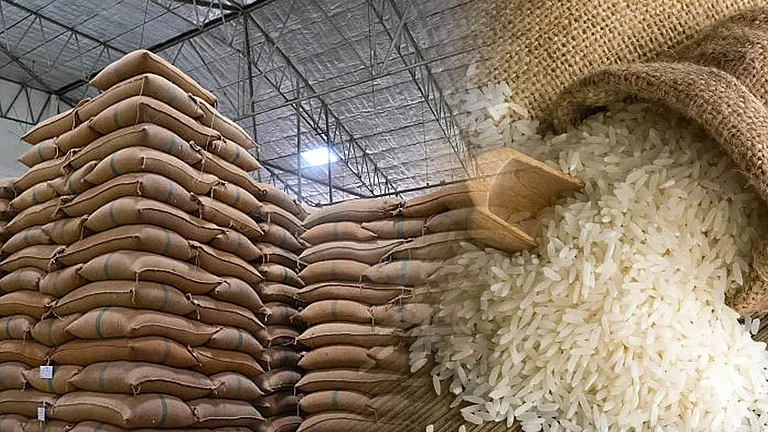Since February 2019, the RBI has reduced the repo rates by 110bps. The CPI inflation during this period remained in the range of 2.57-3.21 per cent. However, the recent CPI inflation number for September 2019 rose to a 14-month high of 3.99 per cent, driven by a sharp rise in prices of food articles. The spurt in food prices may be temporary, owing to a seasonal trend and uneven spread of monsoon. The Monetary Policy Committee (MPC) has a legislated mandate to keep headline inflation close to 4 per cent(+/- 2 per cent) on a durable basis. The question that behoves us now is, “Will the RBI have enough room to reduce the rates further?”
The RBI has indicated that it would remain accommodative as long as necessary to revive growth while ensuring that inflation remains within the target. An accommodative stance indicates that there would be no rate hikes. It has been observed that there is a divergence between the WPI and CPI rates with spreads as high as 320bps for September. The WPI for September 2019 came in at a 36-month low of 0.3 per cent due to lower fuel and power inflation. There was a contraction in the prices of manufactured products as well, which were recorded at the lowest level since Jun-16. Deflation in manufactured products is not good news for the industry as it indicates loss of pricing power. The weak demand conditions are also indicated by a sustained decline in core CPI inflation to a 26-month low of 4 per cent.
The market participants are of the belief that a further 25bps rate cut by the MPC is on the anvil for the current financial year. On the other hand, there are external and domestic pressures on fiscal deficit, currency and inflation which are the major reasons due to which the 10-year yields are persisting at higher levels.
Upside risks to inflation may stem from higher food prices, owing to seasonal factors and base effect. However, fresh kharif output entering into the market in December-January may restrict the upward movement of food prices. The RBI is likely to closely monitor the October 2019 inflation numbers and the transmission of policy rates since February to arrive at a more informed decision with respect to a rate cut. The external benchmarking of loans is also being monitored by RBI to see if there is an effective transmission of the rate cuts to propel the economy.






























